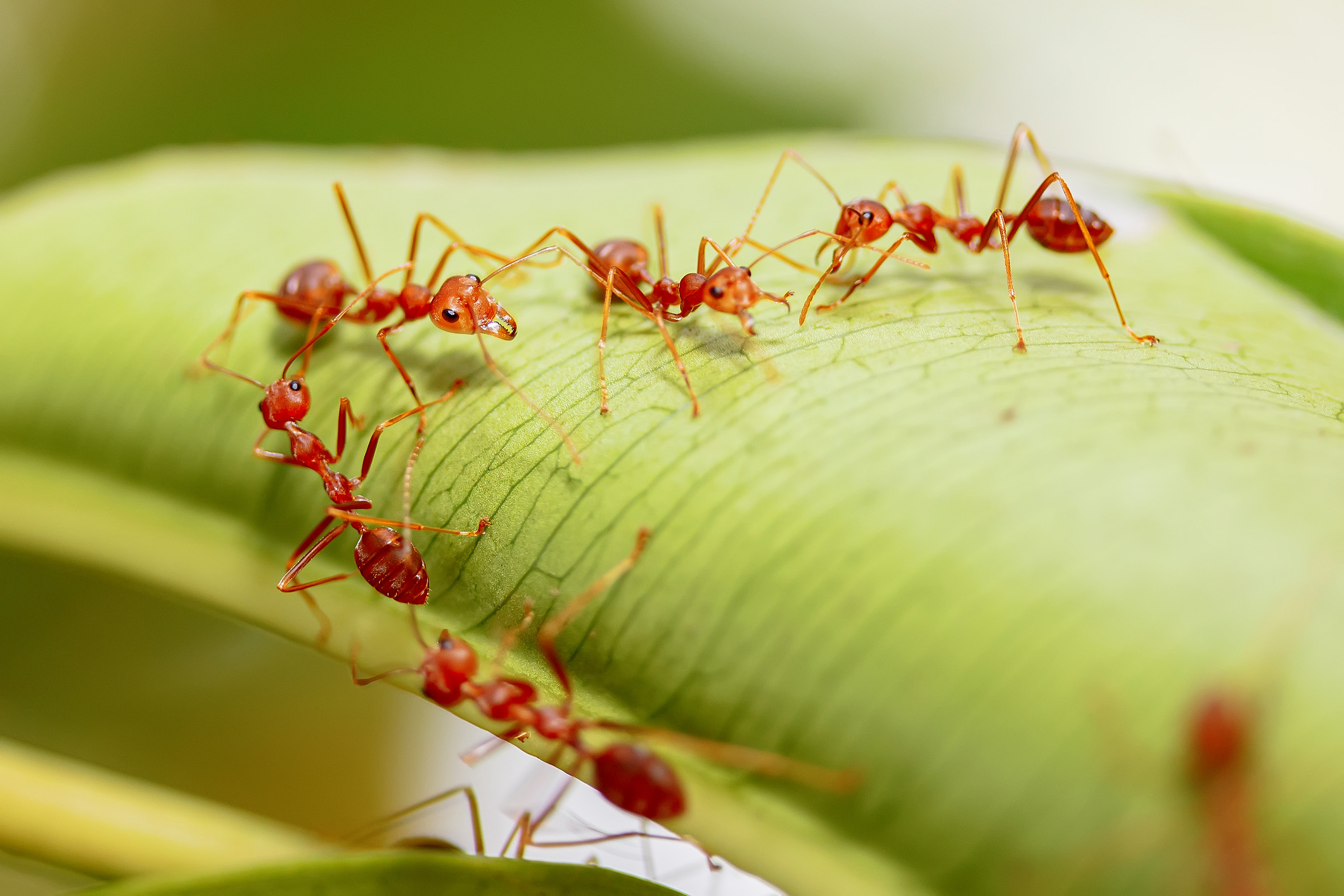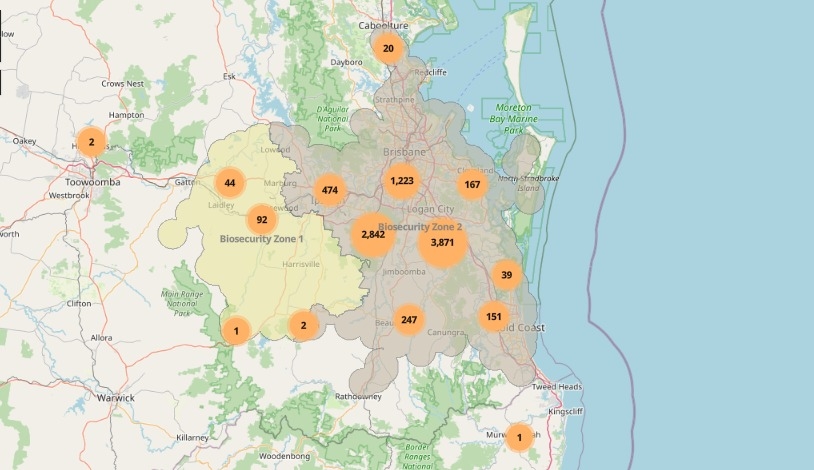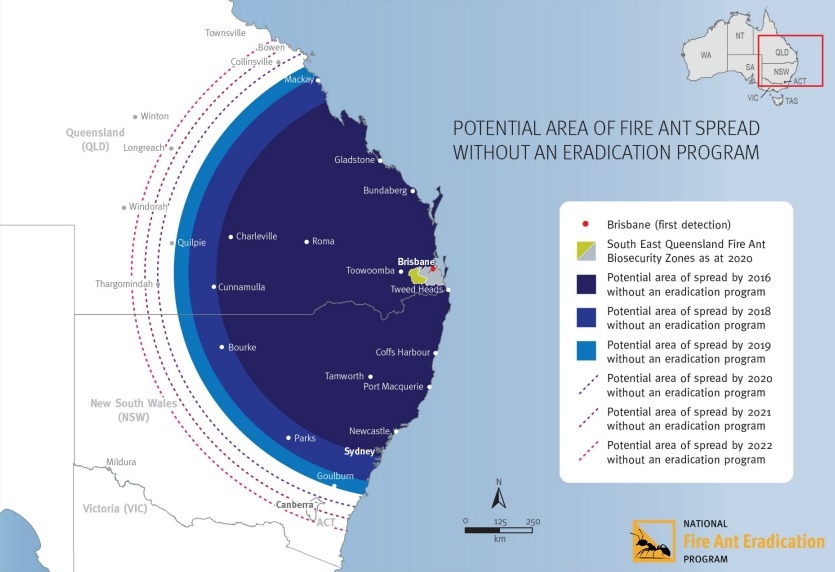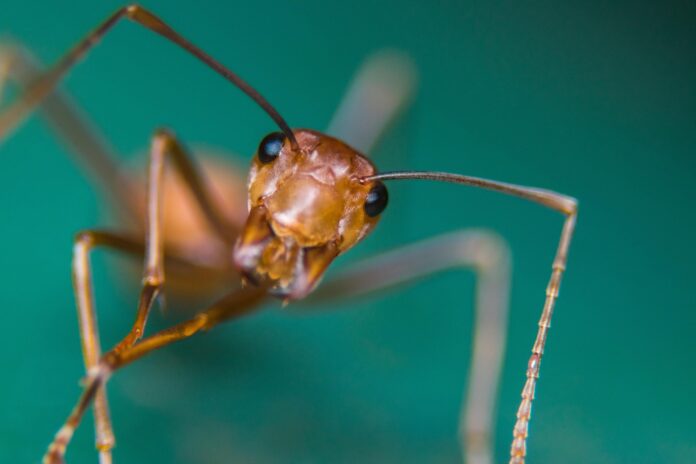The Sunshine Coast is on guard for fire ants, with infestations reported within 15km of the region.
The damaging insects are on the move. They jumped the border from Queensland to New South Wales last month and have been spotted as far north as Caboolture and Morayfield during the past 12 months.
The Sunshine Coast region has been free of the critters for about six years.
A spokesperson from the National Fire Ant Eradication Program (NFAEP) told Sunshine Coast News that fire ants posed a serious threat to South-East Queensland and beyond.
“They can have irreversible consequences on our environment, economy, human health and outdoor way of life,” they said.
Do you have an opinion to share? Submit a Letter to the Editor at Sunshine Coast News via news@sunshinecoastnews.com.au. You must include your name and suburb.
“They can cause backyards, playgrounds, sporting fields and parks to become unusable, and their sting can be fatal for humans and animals.”
Fire ants can damage sensitive electrical equipment like air conditioners, meter boxes and traffic signal boxes. They can affect more than 50 types of crops, destroy irrigation systems and damage farming machinery. They also attack livestock.

The spokesperson said it was crucial to contain them.
“If left to spread, this invasive pest will have a devastating effect on our economy, costing Australians up to $2 billion per year, forever.”
Fire ants were first detected in Brisbane in early 2001, however they may have arrived earlier. Authorities aren’t sure how they entered Australia. They’re also a problem in other countries, including the United States.
The NFAEP fire ant map shows almost 10,000 reported infestations sites around South-East Queensland within the past 12 months. The majority were around Brisbane and Logan, but scores of sightings were recorded north of the Brisbane River, including about 20 around Caboolture.
Fire ants last month jumped the Queensland border into regional NSW for the first time since the infestation started. The NSW Department of Primary Industries confirmed that three red imported fire ant nests were found in South Murwillumbah, 13km from the Queensland border.

Fire ants can move easily and quickly. They can travel over and underground, fly up to 5km and raft on waterways, and they can travel with people and their cargo.
“Human-assisted movement is the biggest risk to the spread of fire ants, which is why fire ant biosecurity zones are in place,” the spokesperson said.
The zones stretch from Caboolture in the north to Tweed Heads in the south and beyond Laidley in the west.
“The zones aim to prevent the pest from moving further and apply to anyone working with organic materials that can carry fire ants,” they said.
“Although fire ants are not currently on the Sunshine Coast, fire ant biosecurity zones are nearby and anyone moving materials must follow fire ant-safe practices.”
Individuals and businesses dealing with materials that can carry fire ants, such as soil, hay, mulch, manure, quarry products, turf and potted plants, are legally obligated to check the fire ant biosecurity zones before moving these materials, and employ fire ant-safe practices when moving or disposing of organic materials within the biosecurity zones.
Modelling has showed just how far they could spread without suppression.

The spokesperson said fire ants could make their presence known on the Sunshine Coast.
“Detections outside the infestation area do happen from time to time and the National Fire Ant Eradication Program has procedures in place to deal with them,” they said.
The last time fire ants were detected in the region was in 2016, when they were found at Beerwah.
They were successfully eradicated there in 2017 and there have been no further detections since.
There have also been successful eradications of isolated infestations north of Gladstone in 2006 and from ports of Gladstone, Brisbane and Sydney between 2013 and 2016.
Anyone who finds fire ants should report it within 24 hours by visiting Fire Ants or call 13 25 23.
Subscribe to our FREE daily news feed. All it requires is your name and email at the bottom of this article.





